The Beginning of the Soviet Conquest of Venus
In the 1960s, the Soviet Union launched an ambitious series of missions to explore Venus, a planet shrouded in mystery at the time. This program, known as Venera, aimed to reach the planet’s surface and send back unprecedented images and scientific data.
The first official probe of the program, Venera 1, was launched on February 12, 1961, weighing 643 kg and equipped with instruments such as magnetometers and solar particle detectors. However, it lost contact before reaching the planet at a distance of approximately 100,000 km. The subsequent missions, Venera 2 and 3, also launched in the early 1960s, failed: Venera 2 lost communication before transmitting scientific data, and Venera 3, despite impacting Venus on March 1, 1966, did not send back useful information due to a malfunction.
The First Successes: Descent and Impacts on Venus
In 1967, Venera 4 (1,100 kg) became the first probe to transmit direct data from the Venusian atmosphere, revealing temperatures exceeding 500°C and crushing pressures over 90 atmospheres. However, the probe was destroyed before reaching the surface. Venera 5 and 6, launched in 1969, confirmed the atmospheric data but did not survive the landing.
The first true success came with Venera 7, launched on August 17, 1970, weighing 1,180 kg and designed with a reinforced hull to withstand extreme conditions. It was the first probe to transmit data from the surface, although the signal lasted only 23 minutes.
The First Images from the Surface of Venus
A major breakthrough came with Venera 9 and Venera 10, launched in 1975. Weighing around 1,800 kg and equipped with panoramic cameras and spectrometers, these probes were the first to send images of the Venusian surface, showing a rocky, desolate landscape under a yellowish sky due to the dense carbon dioxide atmosphere and sulfuric acid clouds.
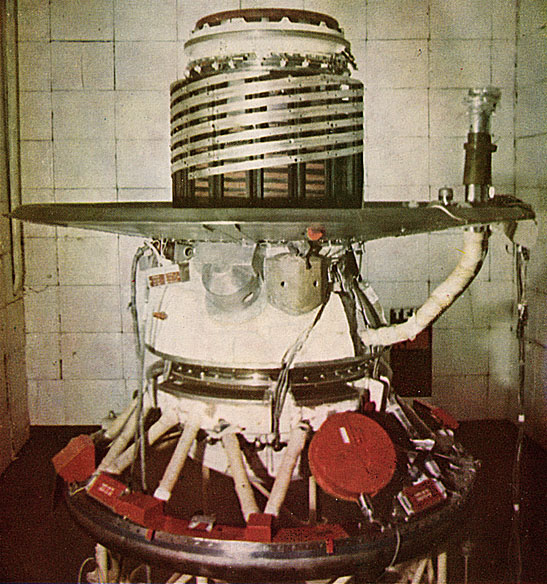
Venera-11 descent module
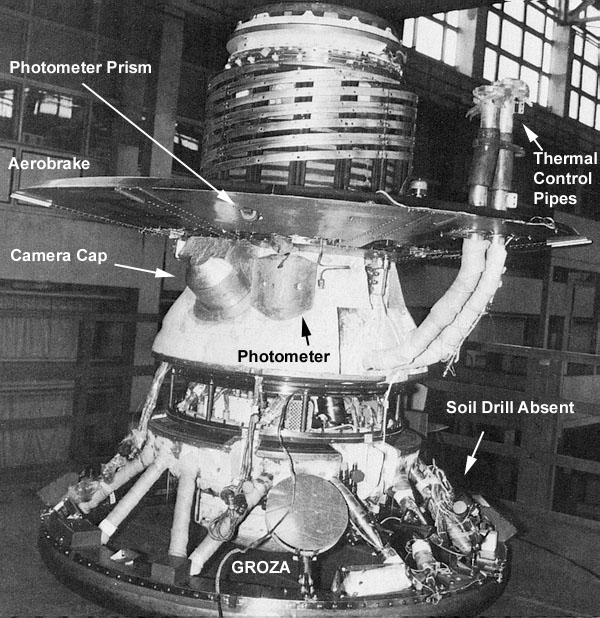
Venera-11 descent module
In 1982, Venera 13 and 14, with improved instruments, sent back color images and conducted chemical analysis of the soil. With operational lifespans of 127 minutes for Venera 13 and 57 minutes for Venera 14, their cameras provided detailed views of surrounding rocks, while microphones recorded the sounds of the Venusian atmosphere.
Venera 13 external configuration photograph
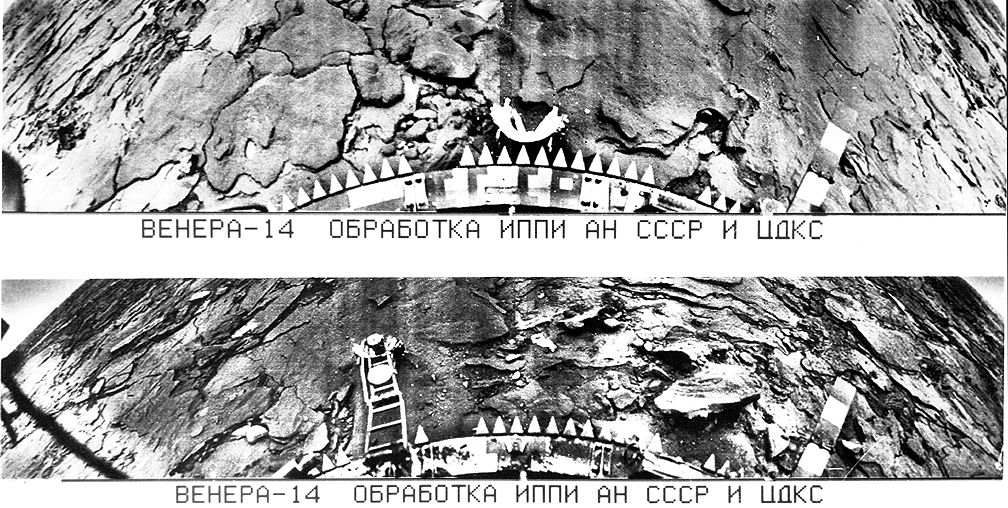

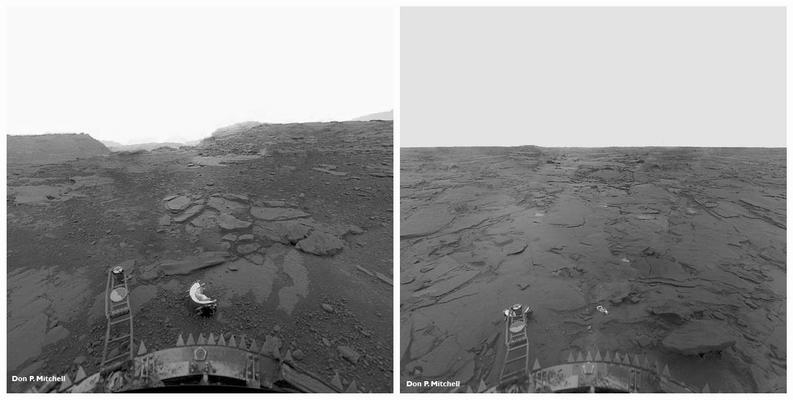
Perspective Image Mosaics
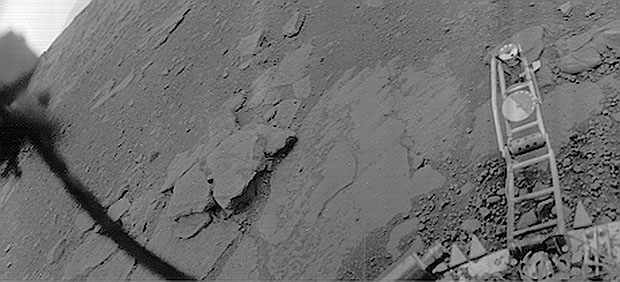
Segment of Venera-13 Clear-Filter Image
The Final Major Achievement: Venera 15 and 16
The last missions of the series, Venera 15 and 16, were launched in 1983, weighing approximately 4,000 kg. These probes did not land on the surface but used advanced radar to map the planet with unprecedented resolution. They revealed tectonic structures and volcanoes never seen before, confirming the hypothesis of relatively recent geological activity on Venus.
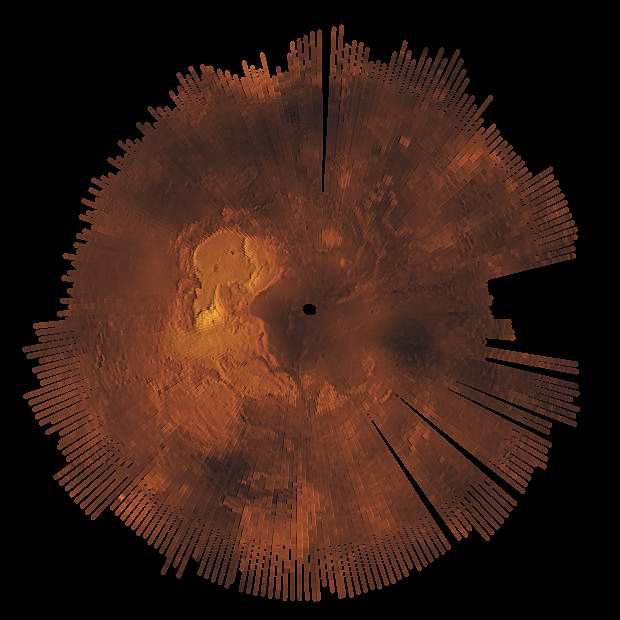
Map from Venera-15/16 Altimeter Data

Improved visualization of Quad 4
Challenges and Failures of the Venera Program
The Venera missions faced enormous technical challenges. Many probes failed due to communication loss, electronic system malfunctions, and descent capsules that were not sufficiently resistant to the extreme conditions of Venus. Each probe was an improvement over the previous ones: more resistant heat shields, internal cooling systems, and advanced instruments for scientific data collection were developed.
The Legacy of the Venera Missions
For decades, the Venera probes remained the only ones to send direct images from the surface of Venus. Their pioneering technology paved the way for understanding the hellish environment of the planet and continues to influence future exploration.
Today, with new missions planned such as NASA’s VERITAS and DAVINCI+, humanity is preparing to return to Venus with even more advanced instruments. However, the Venera probes will always remain a symbol of human ingenuity and determination to explore the unknown.





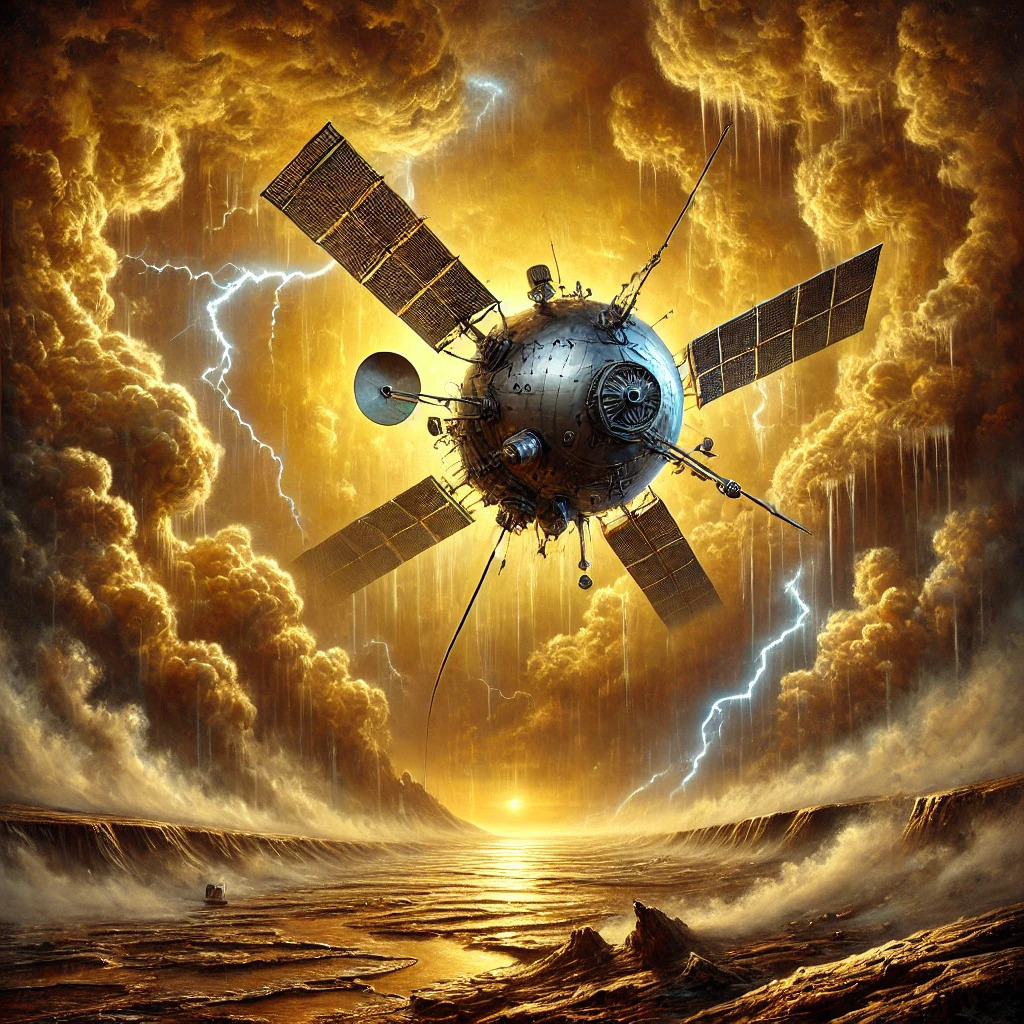


Leave a Comment